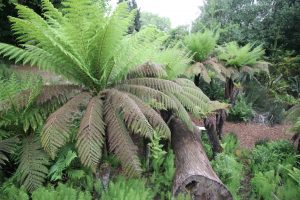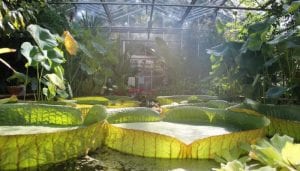By Andy Winfield

Cacti are interesting plants and a bit strange; some look like they could hoik themselves out of the ground and lumber around with spiny arms flailing, and others like they’ve just landed, and a door will slowly hiss open unleashing a thousand tiny aliens. They used to be something we only saw in Western movies, an indication of an arid landscape, usually accompanied by a lone rider with chapped lips shielding eyes from the sun. There’s been a resurgence in recent times, a lot of care and love is being heaped on these fascinating and unusual plants in houses around the country. It’s about time they received the attention they deserve; they’re one of the plant world’s many success stories, settling comfortably in the harshest environments with ingenious adaptations. (more…)




